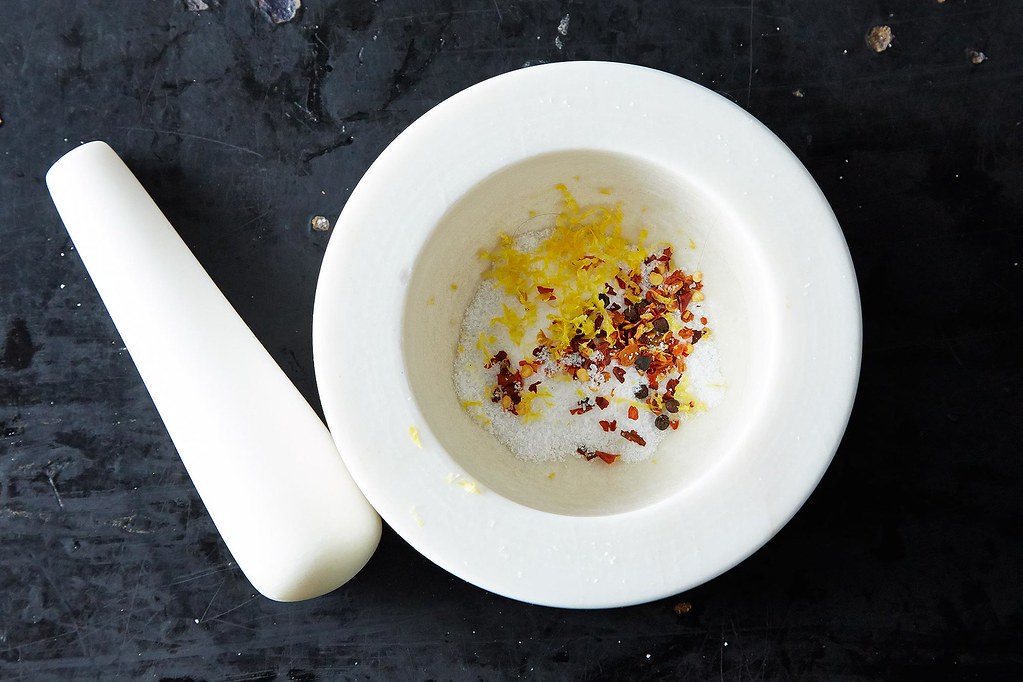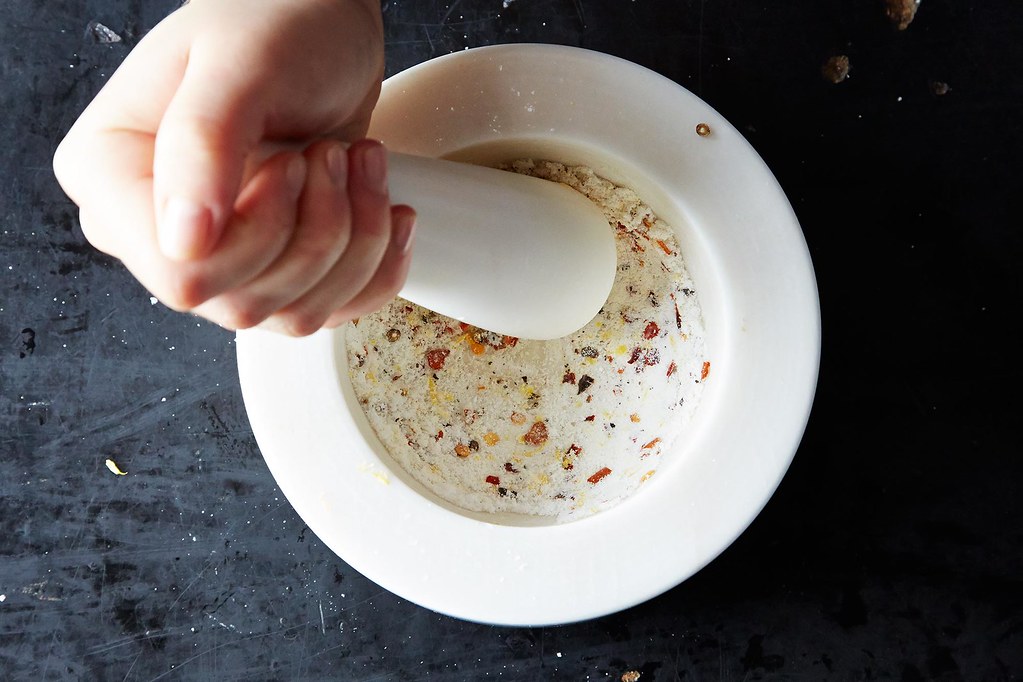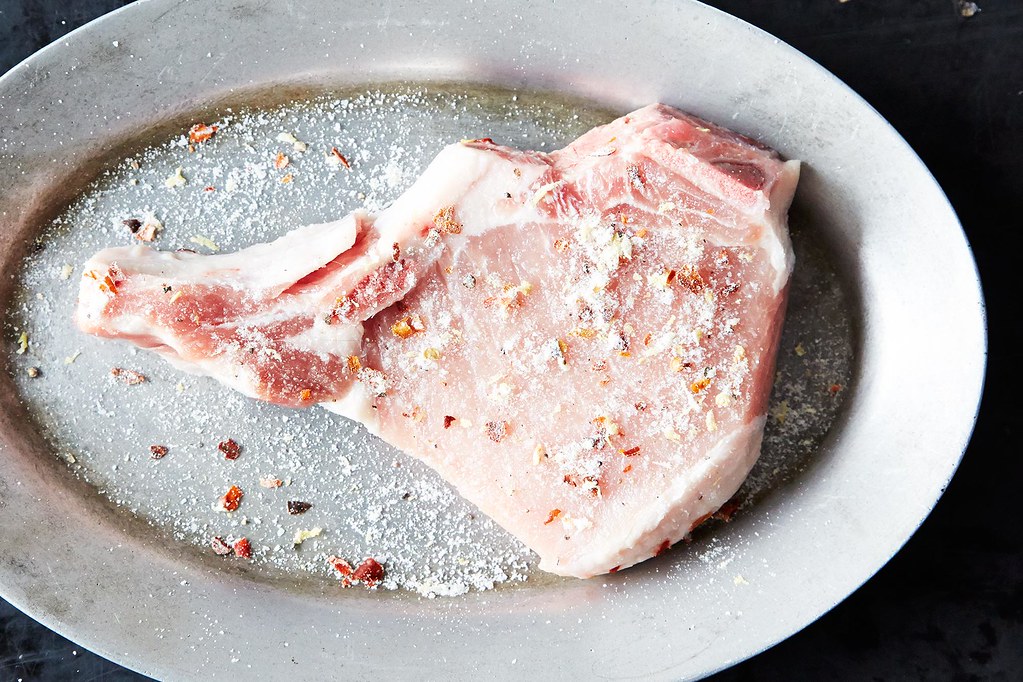Eat seasonally and buy locally grown whenever you can!
Here's a convenient cheat sheet to help you do that. It's a seasonality guide to fresh produce, listing the basic stuff that you can find in most grocery stores, as well as some uncommon specialty items, by the time of year they are typically available "in season". That's when they're the freshest, most flavorful AND the cheapest. It's nice how it works out that way.
Here's a convenient cheat sheet to help you do that. It's a seasonality guide to fresh produce, listing the basic stuff that you can find in most grocery stores, as well as some uncommon specialty items, by the time of year they are typically available "in season". That's when they're the freshest, most flavorful AND the cheapest. It's nice how it works out that way.
Spring
|
Summer
|
Fall
|
Winter
|
Year Round
|
Apricots
Artichokes Asparagus Broccoli Chives Collard Greens English Peas Fava Beans Fennel Fiddlehead Green Beans Honeydew Mango Morel Mushrooms Mustard Greens Oranges Limes Pea Pods Pineapple Ramps Rhubarb Snow Peas Sorrel Spinach Spring Baby Lettuce Strawberries Sweet Corn Sugar Snap Peas Swiss Chard Vidalia Onions Watercress |
Apricots
Beets Bell Peppers Blackberries Blueberries Boysenberries Cantaloupe Casaba Melon Cherries Crenshaw Melon Cucumbers Eggplant Figs Garlic Grapefruit Grapes Green Beans Green Peas Honeydew Melons Kiwifruit Lima Beans Limes Loganberries Nectarines Okra Peaches Persian Melons Plums Radishes Raspberries Strawberries Sweet Corn Summer Squash Tomatillo Tomatoes Watermelon Zucchini |
Acorn Squash
Apples Belgian Endive Bok Choy Broccoli Brussels Sprouts Butternut Squash Cauliflower Celery Root Chayote Squash Cherimoya Coconuts Cranberries Diakon Radish Garlic Ginger Grapes Guava Huckleberries Kohlrabi Kumquats Mushrooms Parsnips Pear Persimmons Pineapple Pomegranate Pumpkin Quince Rutabagas Sweet Potatoes Swish Chard Turnips Winter Squash Yams |
Apples
Belgian Endive Bok Choy Brussels Sprouts Cherimoya Chestnuts Coconuts Dates Grapefruit Kale Leeks Mushrooms Parsnips Pear Persimmons Pummelo Radicchio Red Currents Rutabagas Sweet Potatoes Tangerines Turnips Winter Squash Yams |
Avocados
Bananas Cabbage Carrots Celery Lemons Lettuce Onions Papayas Bell Peppers Potatoes |


















